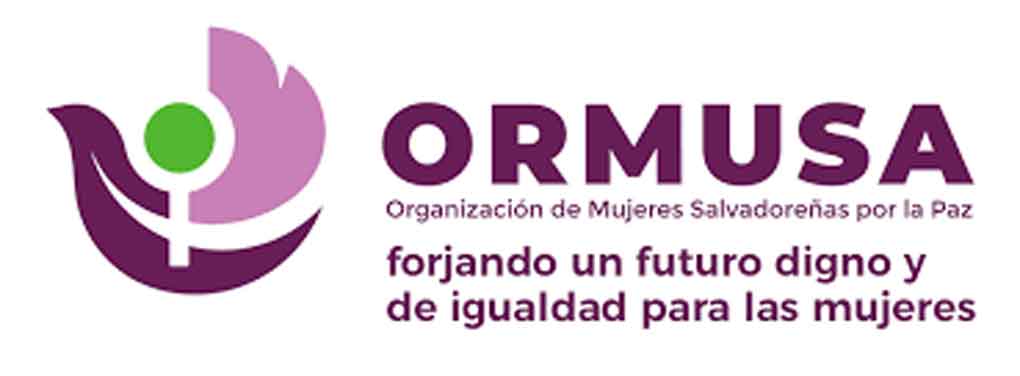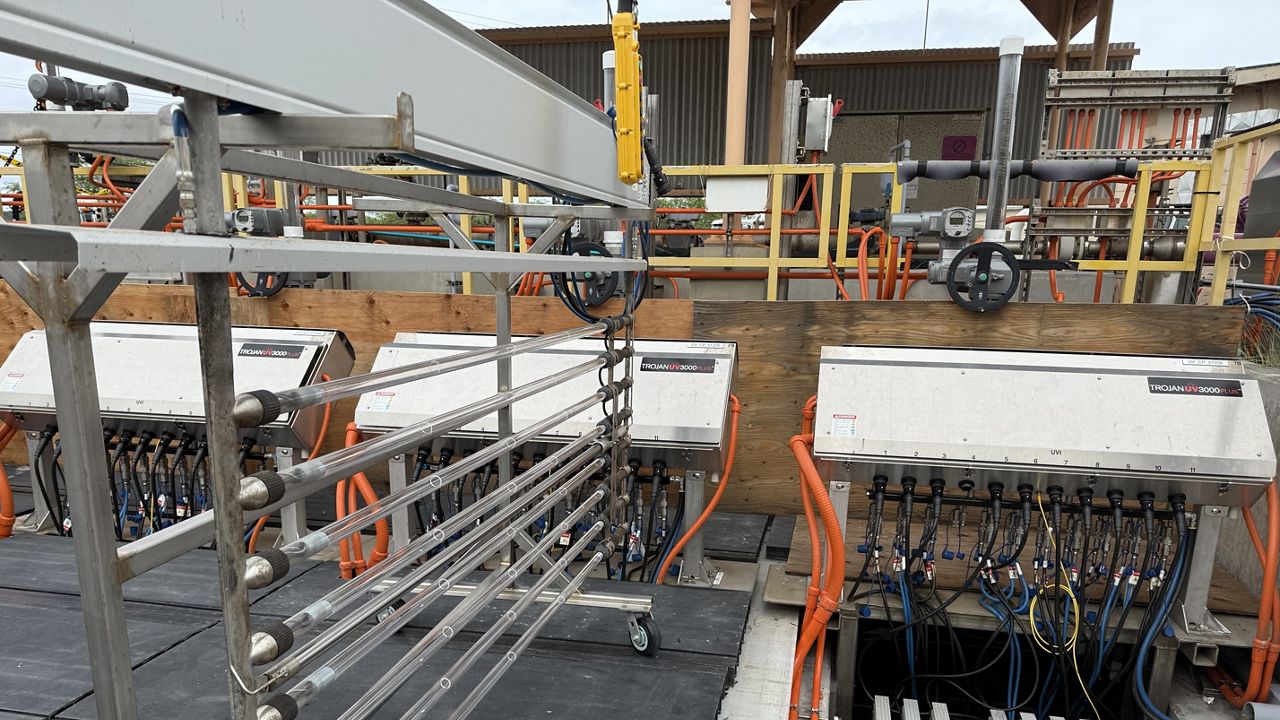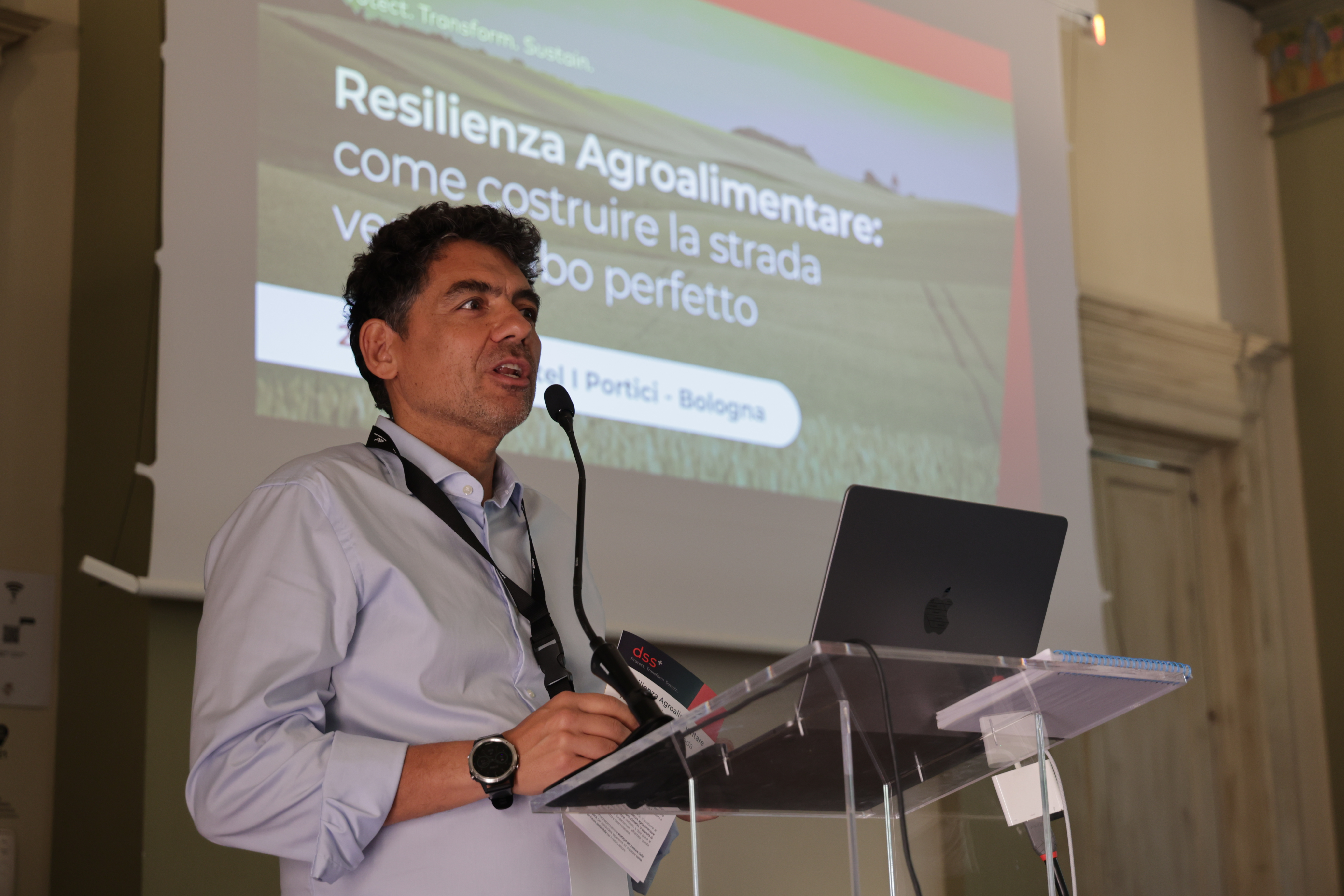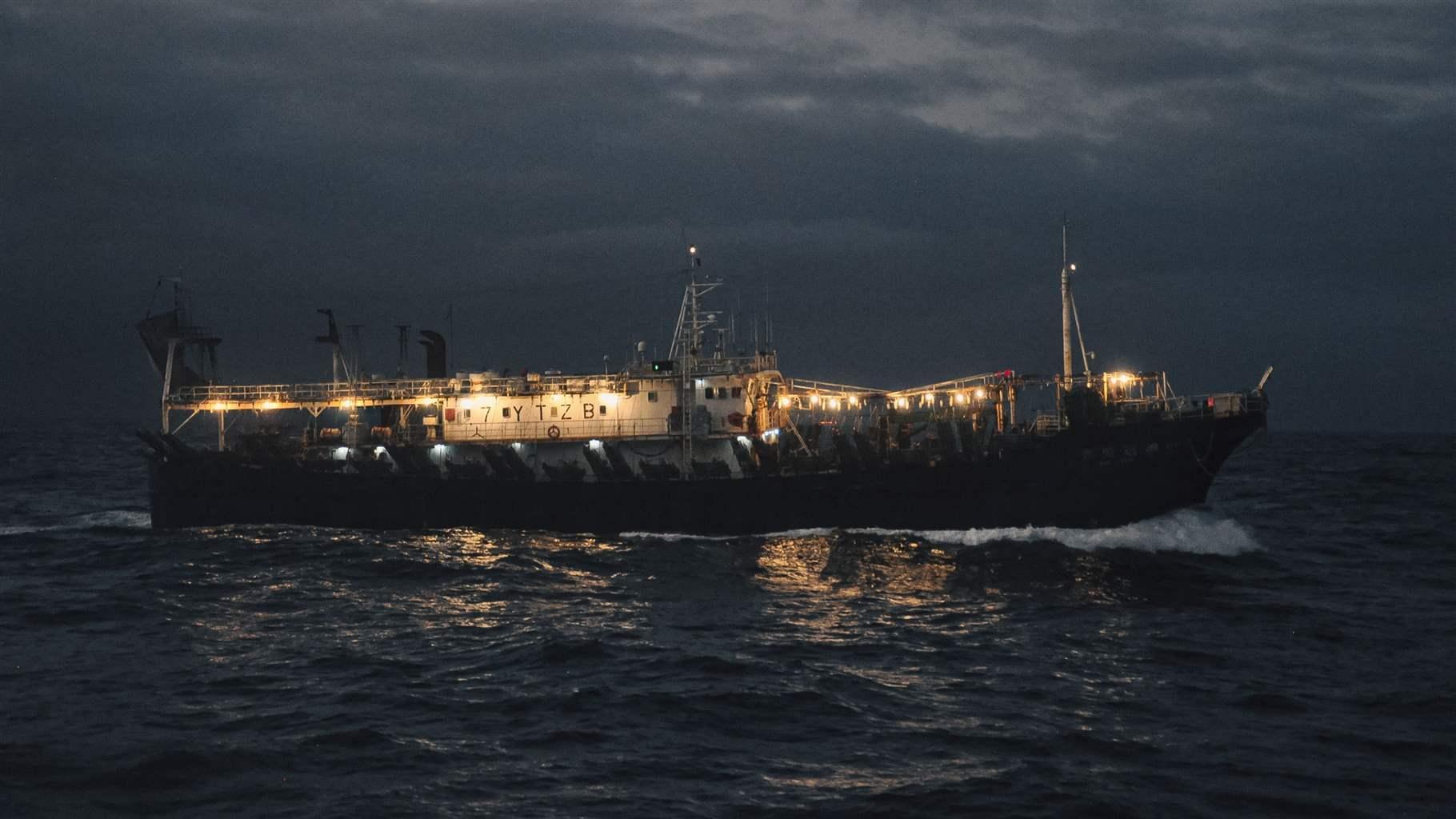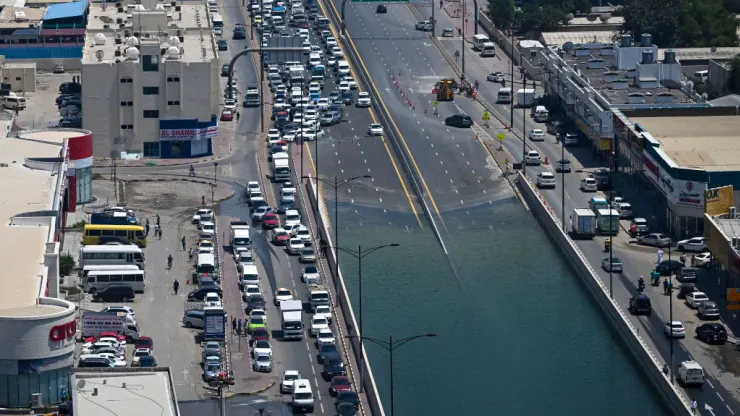Plastic pollution(++) across ASEAN, from terrains to ocean depths, threatens diverse ecosystems.
ASEAN Regional Action Plan (2021–2025) emphasizes reducing single-use plastics, enhancing recycling, and boosting community initiatives like local clean-ups to tackle marine debris.

Jakarta, Indonesia — The presence of plastic pollution in the ASEAN region poses a substantial environmental problem that has far-reaching consequences for marine life, human health, and economic viability. Moreover, this plastic pollution is exacerbated as two added (++) variables, the macro and micro plastics, appear in the equation.
To add, Asian countries, including China, India, Indonesia, Thailand, and Vietnam, contribute about 85% of mismanaged plastic waste globally. These countries lack complete waste management systems, which would require significant government, intergovernmental, and private-sector funding.
This is true in the Philippines, which produces less waste, has the highest number of mismanaged plastic waste per person, with 37.23 kg per person in 2019.
Most of this mismanaged plastic ends up in water sources and the ocean, with seven out of the top ten rivers releasing debris into the ocean. Indeed, ASEAN’s endeavors to solve these problems should collaborate, and co-generate regional action plans, strengthen global partnerships, and continue community-driven activities that emphasize the gravity of the situation and the proactive measures being implemented to tackle pollution.
On the same hand, plastic waste generation in ASEAN is substantial, with over 31 million tons of plastic waste produced annually by six of the ten member states alone. This volume emphasizes the urgent need for effective waste management and recycling strategies to mitigate environmental impact [1]. Economically, the ASEAN region faces considerable losses due to inefficient plastic waste management, with approximately $6 billion [2] annually lost from the material value of discarded single-use plastics. These figures highlight significant opportunities for economic recovery through enhanced recycling and the adoption of circular economy principles.
ASEAN’s Strategic Initiatives to Combat Plastic Pollution
The ASEAN Regional Action Plan for Combating Marine Debris (2021–2025) [3] outlines comprehensive measures aimed at minimizing plastic waste. These measures include phasing out single-use plastics, harmonizing recycling policies across member states, and enhancing regional cooperation in monitoring and managing plastic pollution. This plan builds upon earlier commitments and emphasizes the need for sustainable coastal and marine development [4].
Local Actions and Community Engagement
Actions taken at the local level are very important for reducing plastic waste. Koh Panyi in Thailand, for example, people regularly hold clean-up days to get rid of plastic trash, which has a direct impact on their environment and on tourists [5].
Innovative solutions and technology development are also critical to ASEAN’s strategy. The region is fostering technological solutions and promoting investments in plastic recycling technologies. Additionally, studies supported by international organizations like the World Bank have underscored the untapped economic potential of plastic circularity, identifying substantial economic benefits from improving plastic recycling rates [6].
However, the problem extends to the deepest part of the ocean[7] and to the tallest mountain[8] in the world — Microplastics are getting prevalent!
The term “microplastics” was used in 2004 to refer to tiny plastic particles that result from the degradation of bigger materials or are purposely produced in a very small size range. Plastic pollution is increasingly widespread in marine and freshwater habitats, as well as on highest land, deepest ocean [9] and in the atmosphere [10]. Furthermore, recent studies on microplastics in the ASEAN region and their impacts highlight significant concerns regarding both environmental and human health. Research has shown that microplastics are ubiquitous in our environment, permeating marine and coastal ecosystems and even entering the human body, potentially leading to adverse health outcomes, and starting to appear in any parts of the world whether by marine or terrestrial. Alongside, this article presents some significant studies that talk about microplastics and similar studies.
Environmental Impact: Microplastics are found extensively in coastal and inland water systems, where they pose a severe threat to marine life and ecosystems. These tiny particles can serve as vectors for toxic pollutants, which may then enter the human food chain through seafood consumption [11]. Furthermore, in ASEAN waters, significant contamination levels have been reported, with studies noting that a large proportion of marine species, including fish and invertebrates like oysters, have ingested microplastics. This ingestion not only harms these marine organisms but also poses risks to the larger ecosystem and human health through bioaccumulation [12].
Human Health Risks: Exposure to microplastics has been linked with various health risks in humans, including inflammatory diseases and oxidative stress due to their potential to carry and transfer harmful chemicals. The long-term health impacts of microplastics are still being researched, but the current evidence suggests significant potential for harm [13] [14] . To add, microplastics have been detected in essential human organs and tissues, pointing to widespread exposure and accumulation. The implications of this on human health are profound, with ongoing studies aimed at understanding the full scope of these risks [15].
Economic and Social Implications: The presence of microplastics in fishing areas threatens the productivity and economic viability of fisheries and aquaculture, which are vital for the livelihoods of millions of people worldwide. The damage extends beyond the immediate environmental impact, affecting food security and economic stability in coastal communities [16].
Addressing the issue of microplastics, and other pollutants require concerted action at both the local and global levels. ASEAN is urged to strengthen regulations and policies that limit pollution, promote public awareness, and support research into alternative materials and sustainable waste management practices [17] [18]. Finally, ASEAN must establish robust monitoring mechanisms to evaluate the impact of its policies and initiatives, allowing real-time adjustments and ensuring the region meets environmental goals. These systems can inform future policies and highlight areas needing further research. By addressing both macro and microplastic challenges, ASEAN can protect its biodiversity, ensure citizens’ health, and maintain member states’ economic vitality. The journey towards a plastic-free ocean is complex, but achievable with regional cooperation.
What is Your Reaction?
 Like
0
Like
0
 Dislike
0
Dislike
0
 Love
0
Love
0
 Funny
0
Funny
0
 Angry
0
Angry
0
 Sad
0
Sad
0
 Wow
0
Wow
0








